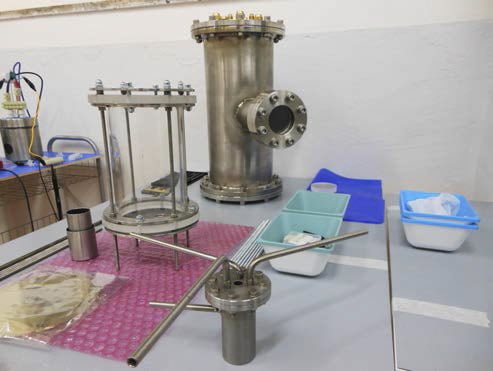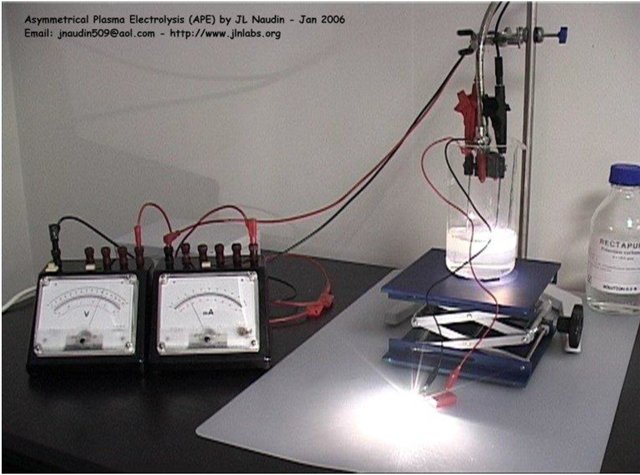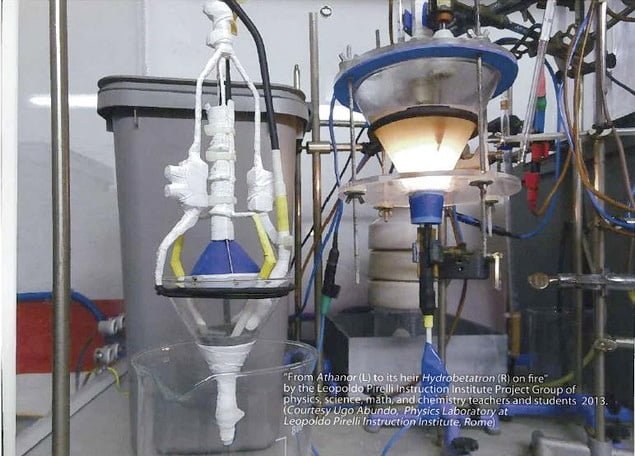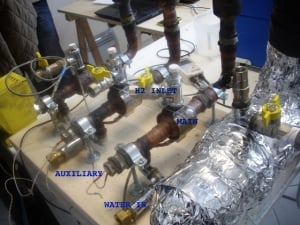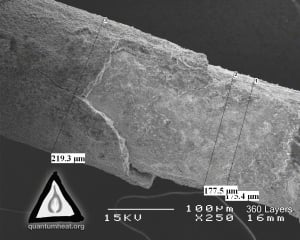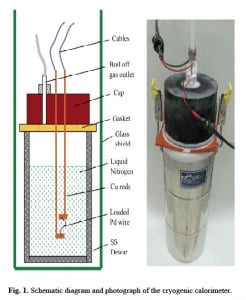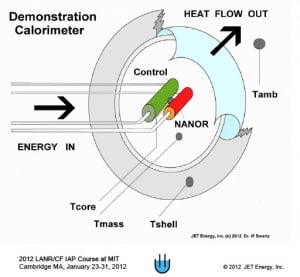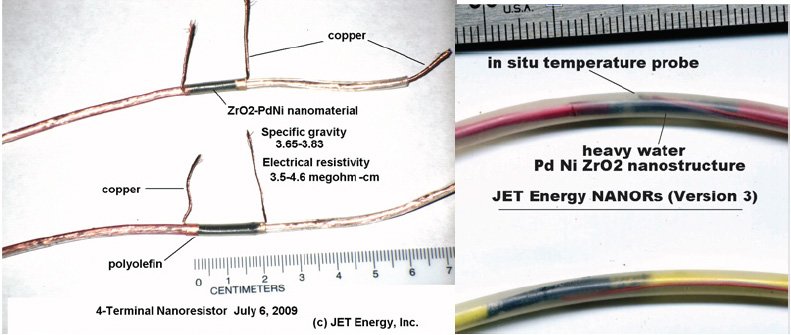The Open Power Association at Hydrobetatron.org has published Newsletter #17. Selected excerpts of interest to readers are google-translated and posted here.
Read the full and complete newsletter in the original Italian here.
*****BEGIN NEWSLETTER*****
2015: if it were a good year?!
Dear Friends,
The reactor ITAbetatron is now ready to support the experiments planned. In the coming weeks we will enter the heart of the work, and we all wish you success in this endeavor!
In this case we will finally have a new source of energy: clean, inexhaustible and economic, that creates the conditions for the welfare and prosperity of the peoples of the Earth, and at the same time to combat global warming, and therefore dangerous climate change in place thus also saving the planet Earth.
All your help will be useful if not decisive. Therefore you renew your subscription to ‘Association Open Power or subscribe for the first time. This is the greatest gift you can give yourself! CLICK HERE and with your association, also receive a nice gift!
*****
THE REACTOR: WORK IN PROGRESS …
in the foreground a particular extension of the reactor ITAbetatron:
Are you entrepreneur-minded? Then you may want to consider the possibility of investing in our promising research to find a new source of energy: clean, inexhaustible and economic.
Seize this opportunity now!
Send us an e-mail with your proposal to:
contatti@hydrobetatron.org
We will evaluate and if necessary, fix an appointment for you to learn more about our program, and what we can do to collaborate.
*****
The Directors of the Open Power Association resolved unanimously to appoint the Honorary Member in 2015: Roy Virgilio

Roy Virgilio, deals with conventional renewable energy, and more exotic for about 10 years.
In September 2002, he founded http://www.progettomeg.it, covering cold fusion experiments and other clean energy, with a focus on biofuels. In 2004 he also founded the Shared Forum on Renewable Energy Sources (http://www.energeticambiente.it) where the threads of all energy sources are collected.
In 2005 he organized the National Conference on Cold Fusion held in Pisa in April, and participated in the foundation of the NPO and Social Promotion “EnergoClub” for the conversion efficiency of the planet.
Since 2004 he has been a speaker at several conferences throughout the country, talking about Free Energy, Cold Fusion and Biofuels.
He also writes articles for magazines of science and environment including “AamTerranuova“. In 2007 he published his first book “Biofuels Yourself”, currently in its second edition.
*****
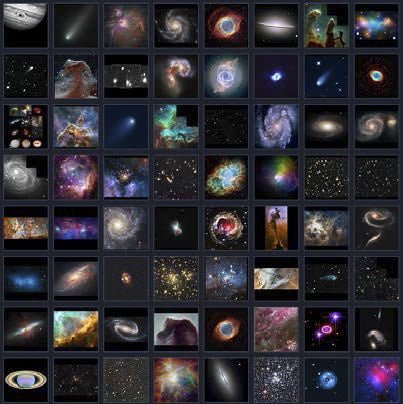 Sometimes we humans are hypocritical, selfish, evil and even violent.
Sometimes we humans are hypocritical, selfish, evil and even violent.
Nevertheless: Our nature is Divine! Let us help you remember this by connecting to the beauty of the ‘Universe also watching the beautiful images taken by the space telescope: Hubble!
TO VIEW ALL GALLERIES: http://hubblesite.org/gallery/album/entire/
*****
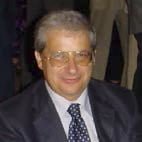
(website: francescocelanienergy.org) officially collaborates with “Open Power”!
Francesco Celani, besides being always our friend and esteemed scientist, is an honorary member of “Open Power” from the foundation of the ‘Association itself. Thursday, December 11 (2014), Francesco Celani has visited our new laboratory in Rome where he met amicably with Ugo Abundo, our President and Scientific Director of the ‘Association “Open Power”, for a scientific debate on issues of common interest. On this occasion was made official the relationship of scientific collaboration that will elapse between us.
Interviewed by Luciano Saporito, he had words that fill us with pride about our commitment in the field of new energy.
Francesco Celani also claimed that “the laboratory Open Power is well structured, the enthusiasm of the researchers involved transpires, the search ranges in different directions that complement each other, carried out in specific work islands; the procedures are scientifically confirmable, and equipment built, well-engineered, integrated fields of investigation and promising, and proposals for innovative solutions and optimal desirable to make the maximum effort in running projects designed”.
*****
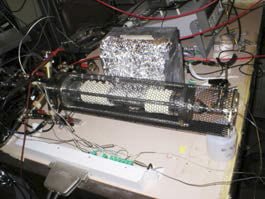 A NEW DISCOVERY (June 25 2014) FRANCESCO CELANI!
A NEW DISCOVERY (June 25 2014) FRANCESCO CELANI!
It is an electrical phenomenon, apparently not due to known phenomena, due to the interaction of Hydrogen gas with long (100cm) fine wire (diameter 100 microns and 200-meter) Constantan (alloy Cu_55%, Ni_44%, Mn_1% with traces of Iron from 0 to 0.5%) having the surface covered by the same Constantan to reduced dimensionality (measured between 50 and 5000 nm with SEM) as methodology developed in LNF also with the help, at various levels of external colleagues. The whole is measured, at a macroscopic level, when such INDIVIDUALS wire, electrically isolated from each other with sheaths made of borosilicate glass, placed inside a reactor having also the hydrogen gas, have an internal temperature of> about 150 ° C and external next environment. In other words, it is as if you were in the presence of a new form / method (apart from the well-known Seebeck effect and / or Thompson) CONVERSION DIRECT from Heat to Electricity. E ‘truly challenging, from the point of view of scientific speculation, the role of Hydrogen understood as mono-atomic and / or even proton. Obviously we’re just starting. New recent (December 15, 15:00) results show that the ignition temperature is not 150 ° C but only (about) 55 ° C. ”
PRECIOUS were some suggestions on the issue of “abnormal current” provided to Francesco Celani also by some researchers and collaborators Open Power.
*****
Published on: francescocelanienergy.org
An interview by Maurizio Melis with Francesco Celani aired on Thursday, December 25, 2014 on Radio 24 under the heading: “Smart city, voices and places of’ innovation ‘directed by Maurizio Melis.
TO LISTEN TO THE ‘INTERVIEW: CLICK HERE
*****
 Published in: hydrobetatron.org
Published in: hydrobetatron.org
a new video in which Ugo Abundo illustrates some details of the ItaBetatron reactor. TO SEE THE FULL MOVIE: CLICK HERE
*****
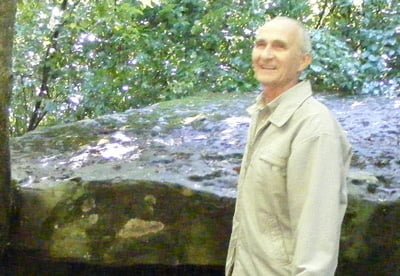
Would successfully replicate the E-Cat Andre Rossi.
The reactor prepared for the ‘experiment


Read more HERE
*****
TALKING ABOUT US …
https://coldfusionnow.org/francesco-celani-continues-live-open-science-with-open-power-association/
*****
GOOD READING!
Published in the articles section of hydrobetatron.org, the new article:
“Science, brain and spirituality” by Luciano Saporito
TO READ THE ‘ARTICLE IN PDF CLICK HERE
*****
BOOK: “PILLS OF WISDOM” PILL 013
“A ‘picture sometimes speaks a thousand words”:
Sri Krishna
*****
For the full Open Power Association Newsletter #17, please go to the Archive here: http://www.hydrobetatron.org/archivio-newsletters.html


